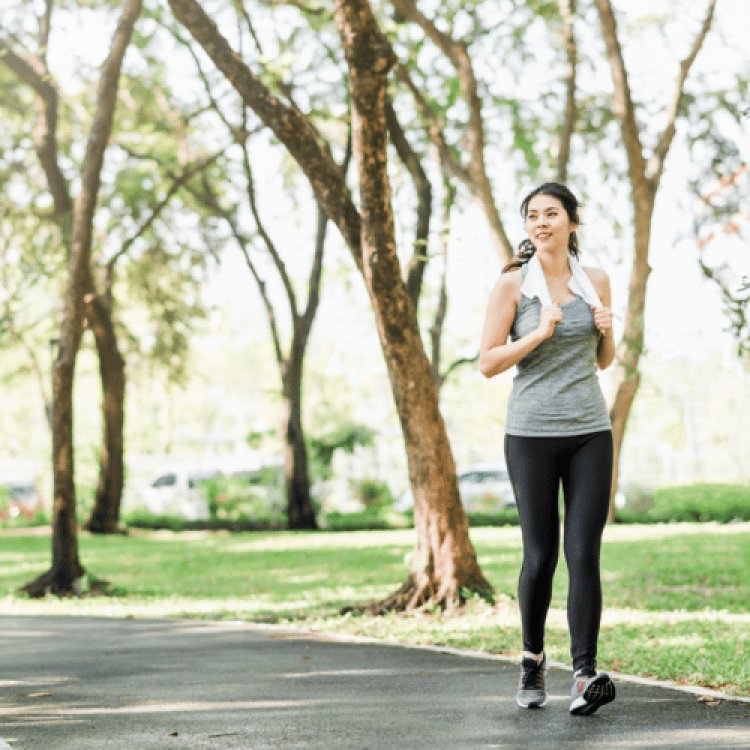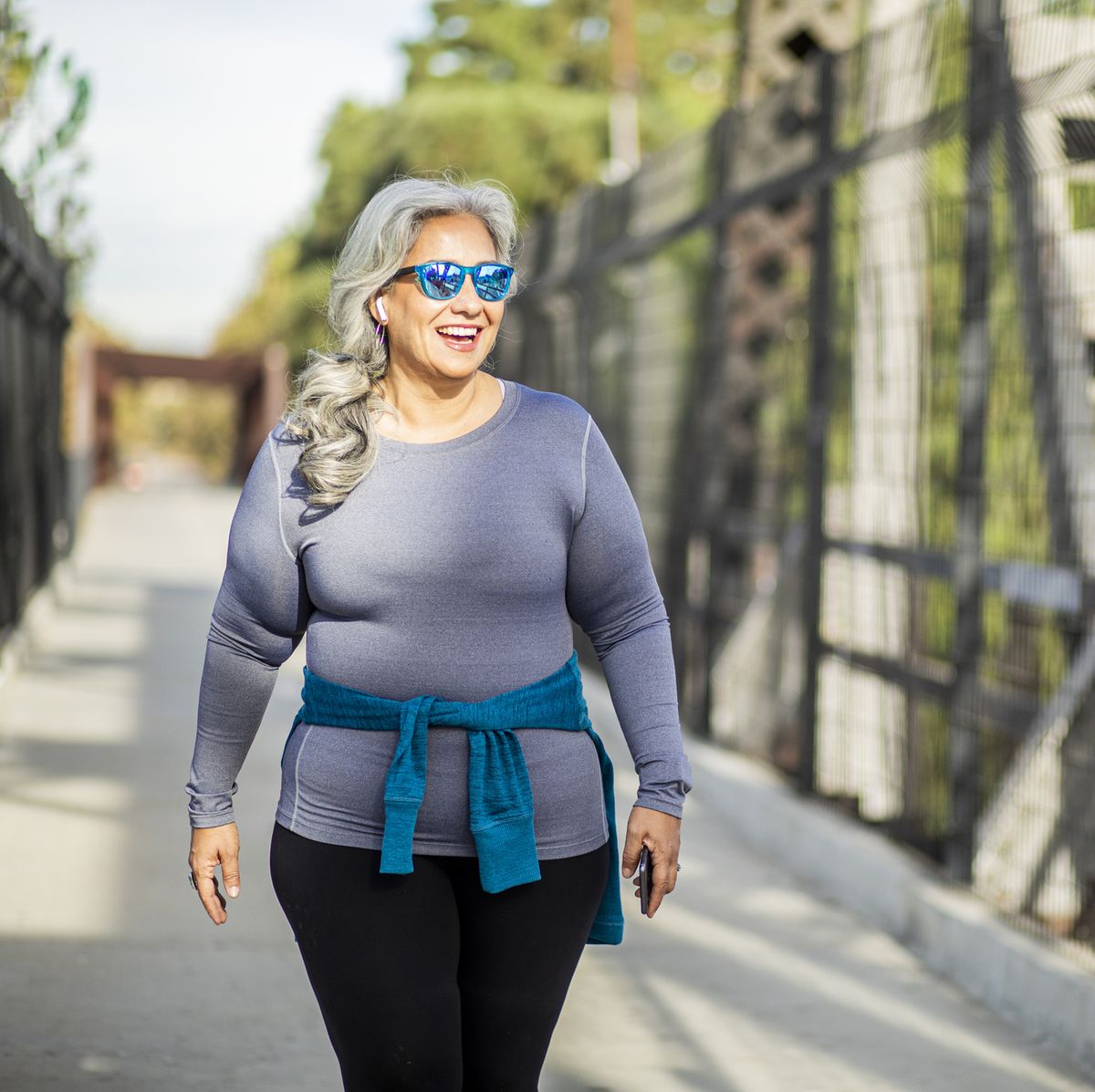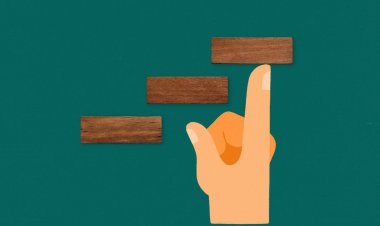How to Start Walking for Weight Loss and Expert Plans to Get You Started
Start walking at a slow pace, holding the weights, and progress in speed for 3 minutes. Then find a safe place for a break and set your weights

How to start walking for weight loss
Is it time to start your walk to better health? Before you hit the pavement, make sure you follow these guidelines from orthopaedic surgeon Dr. Scott Mullen of the University of Kansas Hospital Sports Medicine and Performance Centre.
1. Check in with your doctor
If you haven't been exercising, Dr. Mullen recommends clearing it with your primary care physician to make sure there aren't any preexisting conditions that necessitate testing. He also mentions severe headaches, discomfort that travels up the neck or arms, and chest pain as warning signs. Stop your workout and see a doctor if any of these symptoms appear.
2. Invest in a good pair of walking shoes
Get a good pair of women's walking shoes to give your feet the support they need when you walk. Dr. Mullen recommends visiting a shoe store that offers gait analysis for assistance in choosing footwear that is most suited to your individual feet. Your feet will swell during activity, so get a half size larger than you normally would for work shoes.
3. Buy moisture-wicking clothing
You don't need a whole bunch of fancy workout gear to go for a walk, but investing in a few important components can make the activity much more pleasant. Choose styles with some stretch, like these best workout leggings, so they don't pinch if you take a wider step or walk uphill. Look for tops and bottoms in moisture-wicking fabrics, like these best workout outfits. Long-sleeved training tops are a smart choice for keeping warm in the winter. Some things you should always have on hand when working out:
Walking workouts to try

Now that you've talked to your doctor and gathered your supplies, you can begin. A walking app can help you keep track of your steps, but starting a walking routine on your own can help you lose weight and feel more energised. We've included two walking routines for newcomers that are both effective for weight loss and a full-body workout, targeting the upper and lower body, respectively.
A walking workout for your upper body
Walking burns calories, and strength training boosts metabolism, making this a very efficient and effective workout. You can do it wherever there are pavements or a track. For optimal outcomes, try holding your sessions twice to four times per week on different days of the week.
The Warm-Up
For the first three minutes, walk slowly while holding the weights. Then, stop working out for a while and put the weights down somewhere secure.
For one minute, alternate bringing one knee up towards the hips while reaching both arms aloft, contracting the abs and lengthening the spine.
After then, you should take a big step to the right, bringing your left foot around to meet your right one; then, quickly do the same thing on the other side. Walk quickly back and forth, alternating which direction your arms face, for a full minute.
The Circuit
Stand straight with your feet hip-width apart, bend your elbows 90 degrees, and keep your arms open at your sides while gripping weights with your palms facing front (your upper body should look like a goal post). This is a chest squeeze. As elbows come together in front of the shoulders, maintaining a 90-degree angle, draw abs in tighter to the spine. Iterate back to the beginning. Do a total of 15 repetitions.
Three minutes of fast walking with knees up in front of hips and dumbbells at hips.
Standing with feet hip-width apart and a straight back, you can perform a single-arm reverse fly by bending forward at the hips and reaching dumbbells towards the floor. Raise your left arm out to the side to chest or shoulder height while keeping your elbows slightly bent and your left shoulder blade squeezed in towards your back. Wait a count of one, and then release and return to the starting position.
Workout tips
Pay attention to your stance! While walking or lifting weights, keep your shoulders back, your core in, and your spine tall (as if you had two balloons tied behind your ears, lifting you up). Maintaining correct posture can forestall muscular weakness and improve muscle efficiency.
Take care when using dumbbells. Incorporating weights into your walking routine. Pick ones that will make your muscles tired but that you can still move with decent form while carrying (about 5 pounds is a good starting point). Try the circuit without weights until you get the hang of the exercises.
It's important to watch your step when carrying heavy loads. Instead of letting your arms swing freely while walking, try holding the dumbbells at your hips and focusing on keeping your abs engaged.













